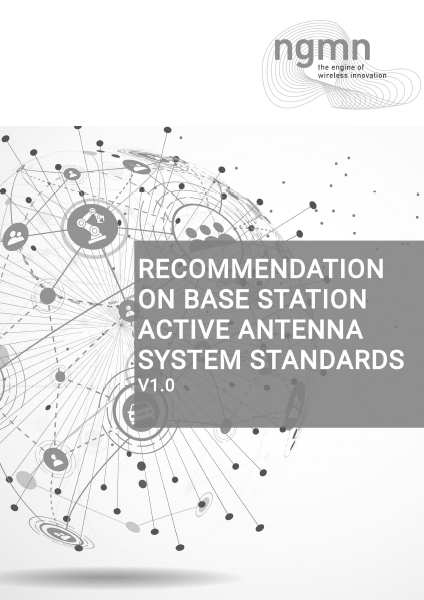5G End-to-End Architecture Framework v4.31
This document delineates the requirements in terms of entities and functions that characterise the capabilities of an E2E (end-to-end) framework. Architectural perspectives and considerations associated with the service categories – eMBB, mIoT, URLLC – envisioned for 5G (Fifth Generation) underscore the delineation of the E2E framework requirements. These requirements are intended as guidance in the development of interoperable and market enabling specifications for a continuing advancement of the 5G ecosystem of heterogenous access, virtualization, autonomic capabilities, forward-looking service enablers, and emerging usage scenarios.








